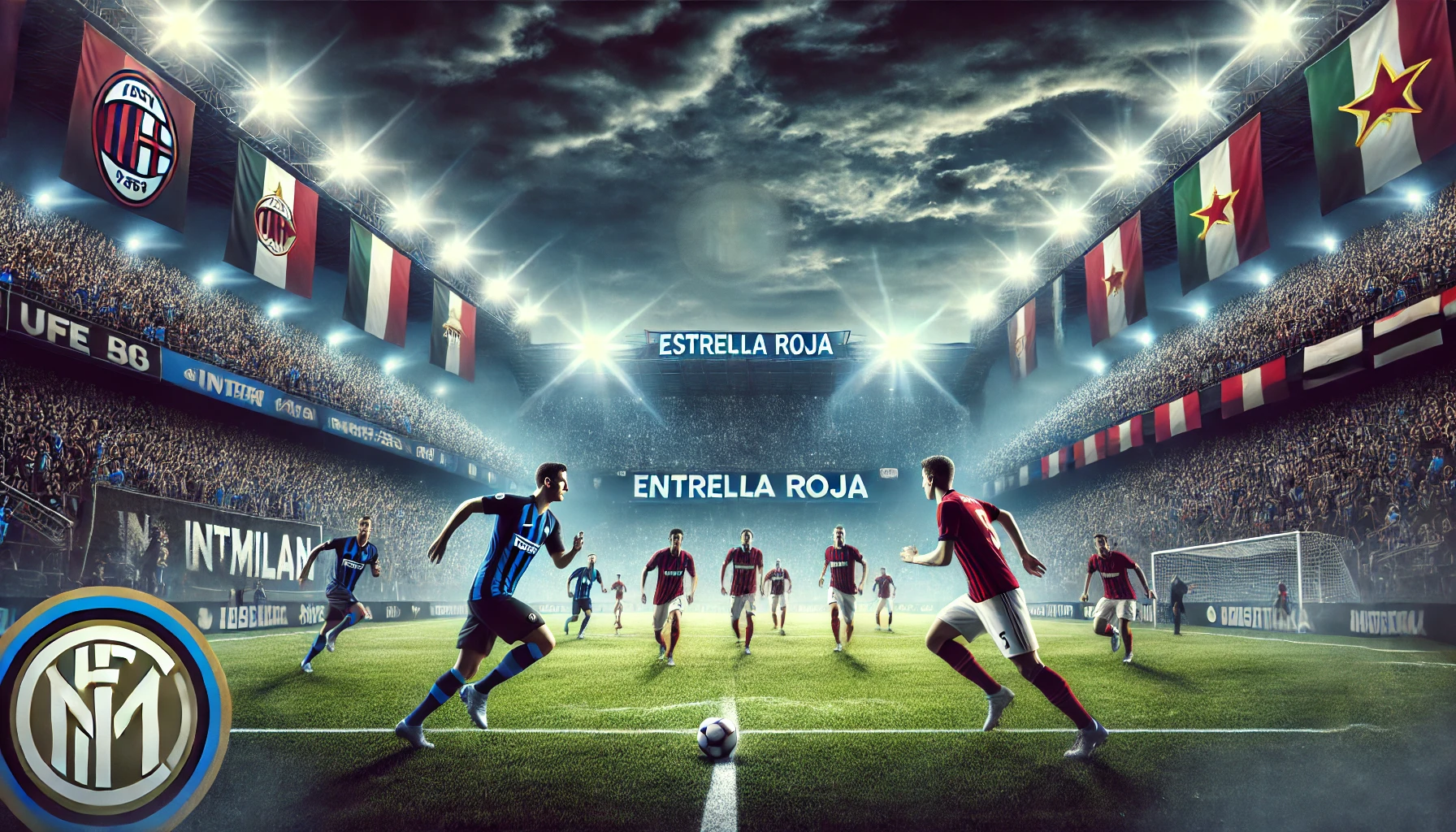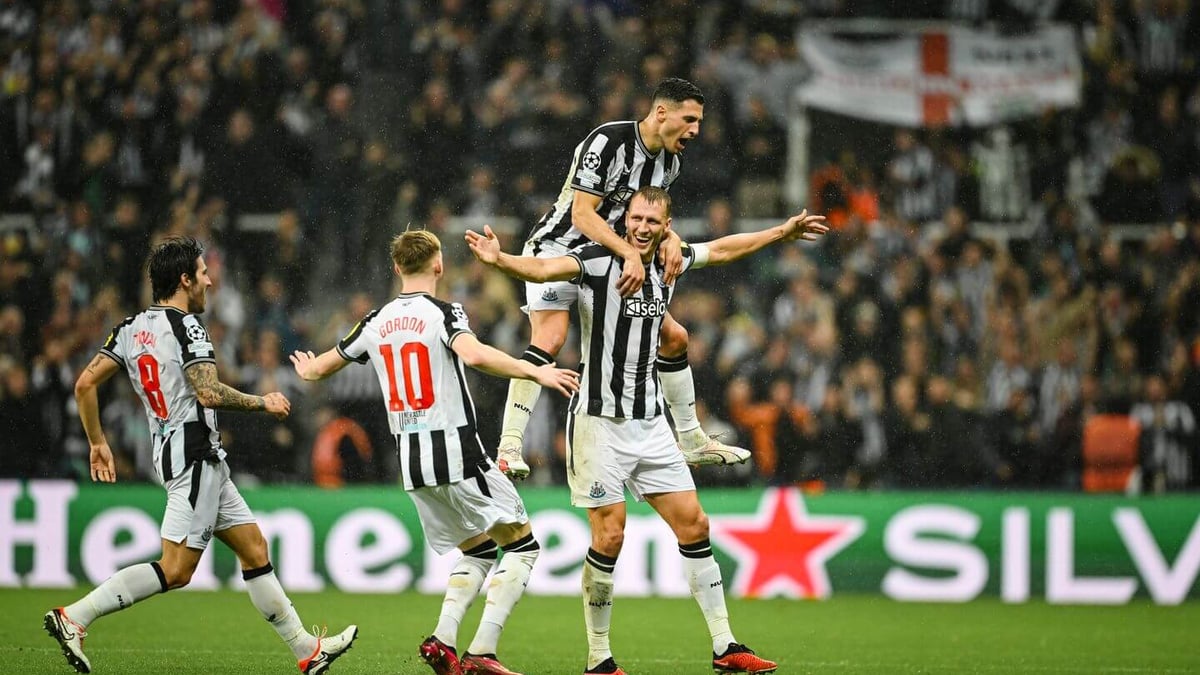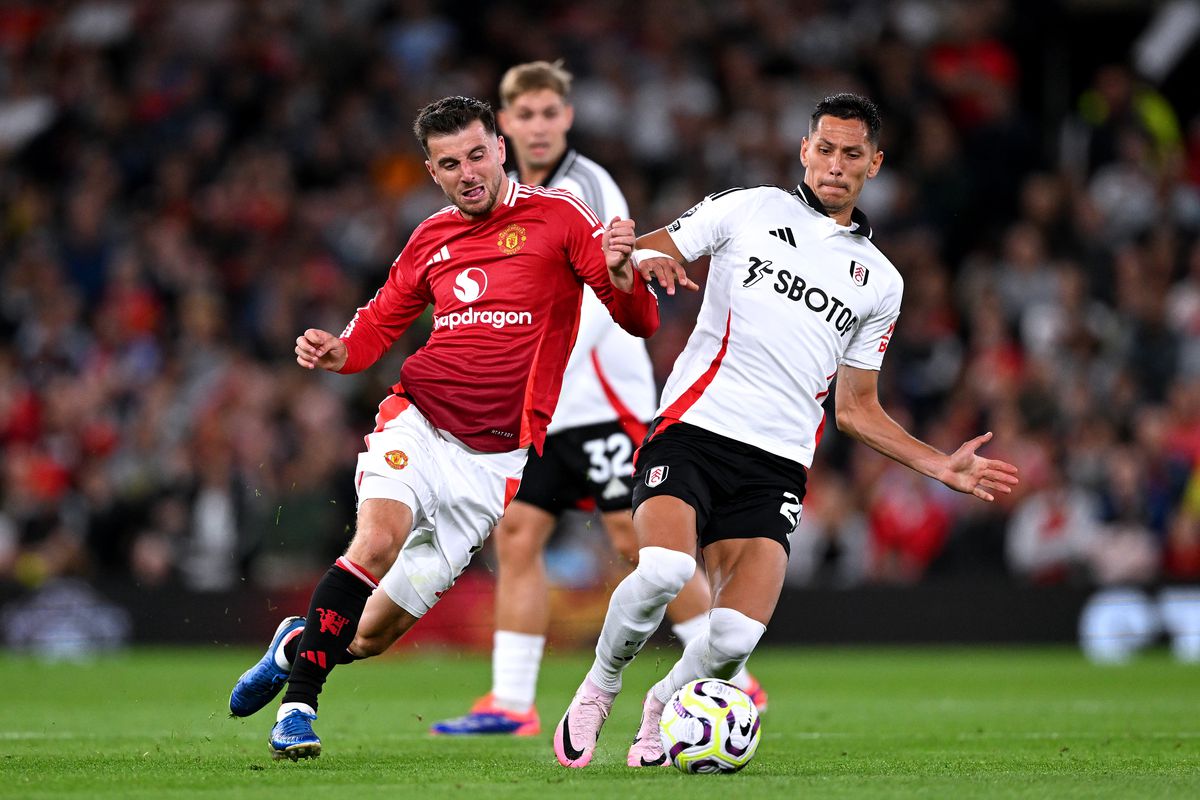The world of European football is home to some of the most exhilarating matchups, and one that regularly piques the interest of fans is the encounter between Inter Milan and Estrella Roja (Red Star Belgrade). Although the teams may come from different footballing cultures and have distinct histories, their meetings on the pitch have often delivered a thrilling spectacle full of drama, skill, and passion. Let’s take a deeper look into these two storied clubs, the significance of their encounters, and what makes their rivalry so captivating.
A Tale of Two Clubs: Inter Milan and Estrella Roja
Inter Milan: A Global Powerhouse
Inter Milan, or FC Internazionale Milano, is one of the giants of Italian football and a club with a rich history that stretches back over a century. Founded in 1908, the club has been home to some of the world’s most legendary players, including Giuseppe Meazza, Javier Zanetti, Ronaldo Nazário, and Mauro Icardi. Inter has amassed a multitude of trophies, including 19 Serie A titles, 7 Coppa Italia titles, and 3 UEFA Champions League titles, cementing its place as one of the most successful and influential clubs in Europe.
heir home ground, the iconic Giuseppe Meazza Stadium, located in Milan, is a fortress where Inter has experienced many moments of glory.
In recent years, Inter has experienced a resurgence, with a strong squad led by influential figures such as Lautaro Martínez, Romelu Lukaku, and Nicolo Barella, and the guidance of experienced managers like Antonio Conte and Simone Inzaghi. The club’s successful 2020-2021 Serie A campaign, which ended Juventus’ dominance, was a major step forward in Inter’s quest to return to the pinnacle of European football.
Estrella Roja: The Pride of Belgrade
Estrella Roja, or Red Star Belgrade (officially Fudbalski klub Crvena zvezda), is one of the most successful clubs in Eastern European football history. Founded in 1945, Estrella Roja quickly rose to prominence, becoming a powerhouse not only in Serbia but also across the Balkans. The club’s most significant achievement came in 1991, when they won the European Cup (now UEFA Champions League), a remarkable feat that solidified their legacy as one of the continent’s elite teams.
The team plays its home matches at the Rajko Mitić Stadium (formerly known as the Marakana), a stadium that echoes with the chants and energy of thousands of fans. Red Star’s domestic dominance includes multiple Superliga Serbia titles, making them the undisputed kings of Serbian football.
Despite facing financial challenges and occasional periods of underperformance on the European stage in recent years, Estrella Roja has remained a competitive force in continental football. They consistently feature in the UEFA Champions League and Europa League, and in the 2018-2019 season, they made a historic return to the Champions League knockout stages, a feat that further fueled their aspirations of regaining European glory.
The Meeting of Two European Forces
While Inter Milan and Estrella Roja are geographically distant, their paths have crossed several times in European competitions, often leading to tight, competitive, and unpredictable matches. The contrasts between the two clubs add an intriguing layer to their encounters, both on and off the pitch.
Tactical Differen
The team typically thrives in counter-attacking situations, capitalizing on the pace of their forwards and their ability to exploit spaces left by the opposition.
On the other hand, Red Star Belgrade, historically, has played a more dynamic, attacking brand of football, although their style has shifted somewhat over the years due to changes in management. Their focus is often on maintaining possession, controlling the midfield, and utilizing the flair and creativity of their wingers and playmakers. When facing elite European clubs like Inter, however, Red Star can also display resilience and tactical discipline, often opting for a more counter-attacking strategy to exploit the space left by their more technically superior opponents.
Historical Context:
This iconic achievement put Red Star on the map as a legitimate European force, and their occasional appearances in the Champions League group stages have given them the opportunity to relive some of those heady days.
For Inter, their European success has come more consistently, with their Champions League victories in 1964, 1965, and 2010 marking some of the club’s most significant moments. The 2010 triumph, under José Mourinho, was particularly special as Inter became the first Italian club to achieve the historic treble, winning Serie A, the Coppa Italia, and the Champions League in the same season.
Key Players to Watch
Inter Milan
- Lautaro Martínez – The Argentine forward has emerged as one of the brightest young stars in Europe. His technical ability, vision, and finishing make him a constant threat in front of goal.
- Nicolo Barella – A dynamic and box-to-box midfielder, Barella has become the engine of Inter’s midfield, known for his creativity, work ethic, and leadership on the field.
- Andre Onana – The Cameroonian goalkeeper, known for his excellent reflexes and distribution, is expected to play a crucial role in organizing the defense and making key saves.
Estrella Roja
- Milan Pavkov – The Serbian striker is known for his aerial ability and knack for scoring decisive goals, particularly in European competitions.
- Aleksandar Katai – A skillful and creative attacking midfielder, Katai is capable of unlocking defenses with his vision and dribbling skills.
- Marko Gobeljić – The versatile full-back provides a solid defensive presence while also contributing to the attack, making him a key player for Red Star.
The Significance of Their Matches
When Inter Milan and Estrella Roja meet on the field, it’s not just about the three points. These encounters symbolize the blending of two rich footballing cultures: the tactical precision and global stature of Inter Milan, and the historic, passionate underdog spirit of Estrella Roja. Matches between the two are often emotional, intense, and a showcase of football at its most unpredictable.
For Inter, a victory over Red Star would be an important step in solidifying their status as one of Europe’s elite teams, especially in a competitive group stage of the Champions League. For Red Star, each encounter with such a powerful club is an opportunity to prove that they can still compete at the highest level, defying the odds and showing the world that their European pedigree is far from forgotten.
Conclusion
The meetings between Inter Milan and Estrella Roja are more than just matches; they are reminders of the passion, history, and drama that make European football so captivating. Whether Inter’s tactical discipline overpowers Red Star’s youthful energy, or whether Estrella Roja pulls off another famous upset, these encounters will always be a testament to the unpredictability and magic of football. Fans of both clubs, and of European football in general, can look forward to these matches as moments to relish in the beauty of the game.












One thought on “Inter vs. Estrella Roja: A Clash of European Titans”